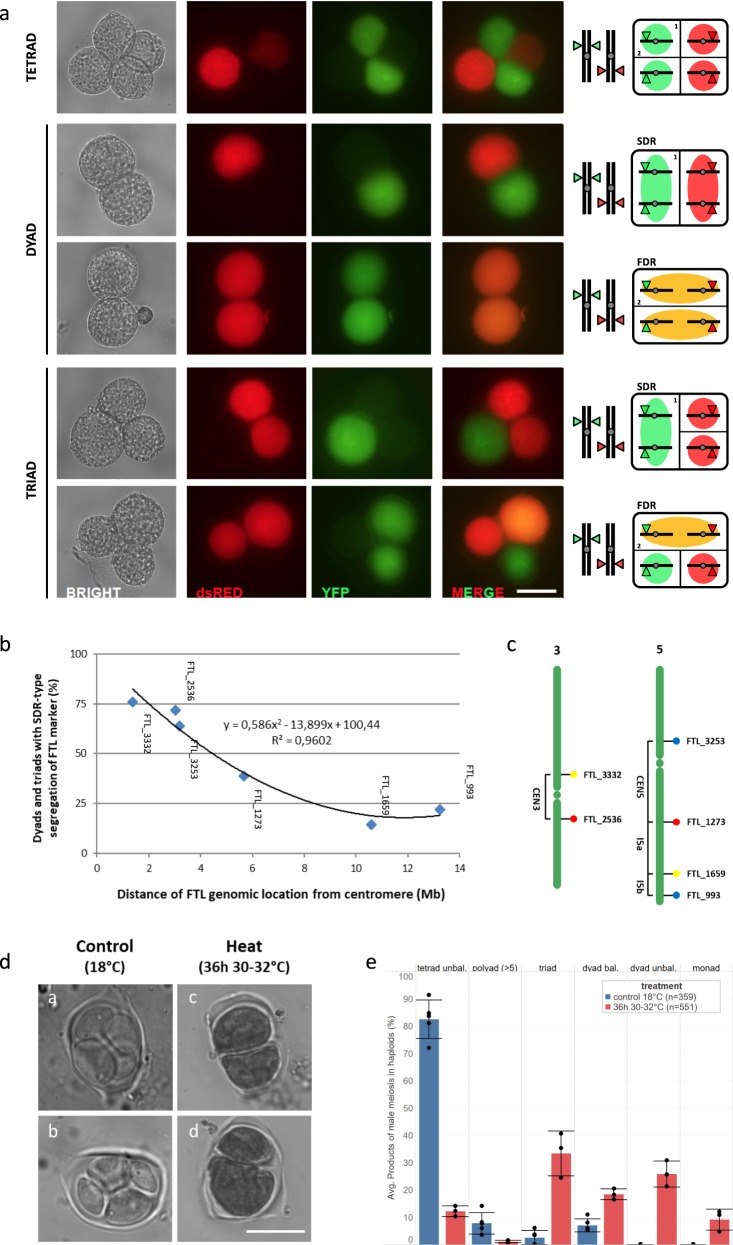Fig. 6. Heat-induced meiotic restitution in Arabidopsis predominantly yields SDR-type 2n pollen.
a Principle and examples of quantitative analysis of FDR/SDR-type male meiotic restitution in Arabidopsis qrt1–2−/− plants using segregation analysis of centromere-linked FTL reporters in pollen dyads and triads. Representative bright-field and fluorescent images of qrt1–2−/− tetrad, dyad, and triad configurations at Arabidopsis anthesis displaying segregation of two centromere-linked FTL markers, i.e., FTL_3332 (YFP) and FTL_2536 (dsRed), in the corresponding haploid and diploid pollen grains. Scale bar, 20 μm. b Frequency of heat-induced qrt1–2−/− dyads and triads showing SDR-type segregation of different single FTL reporters in function of their physical distance from the centromere. The closer the FTL reporter is located to the centromere, the higher the frequency of dyads and triads with co-segregation of the corresponding FTL marker, indicating for SDR-type meiotic restitution. Corresponding quantitative data are provided in Supplementary Table 1. c Physical position of the different FTL markers on chromosomes 3 and 5 used for FDR/SDR assay together with indications of the corresponding interval. d Representative images of tetrad-stage male meiocytes in haploid Arabidopsis Col-0 plants under normal conditions (18 °C, a, b) and upon exposure to heat (24 h at 30–32 °C, c, d). Scale bar, 10 μm. e Comparative analysis of the frequency of different types of male meiotic products formed in haploid Arabidopsis plants grown under standard temperature conditions (18 °C) or upon exposure to heat (24 h at 30–32 °C). Statistical differences in the frequency of a specific meiotic product between control conditions and heat stress were tested using one-way ANOVA (α = 0.05) and are indicated by asterisks. For each treatment, at least three independent plants were analyzed. The total number of male meiotic products assessed in each treatment is indicated by value n.

